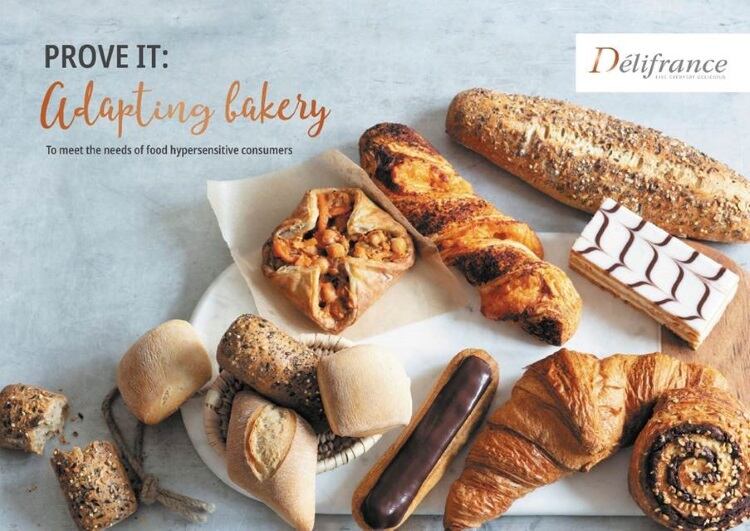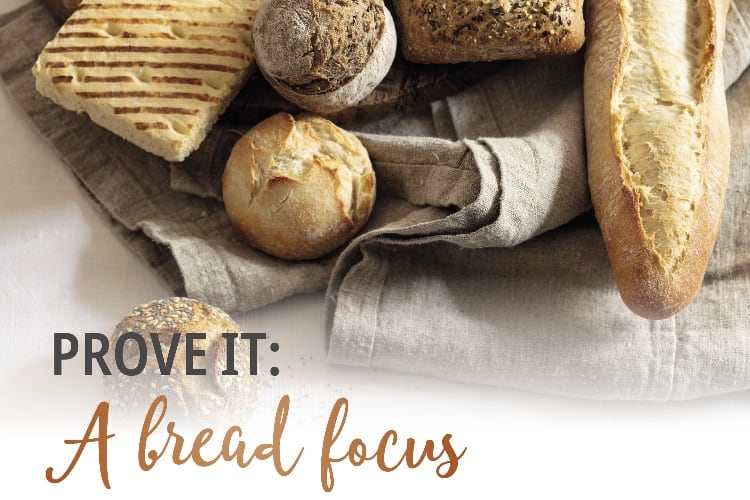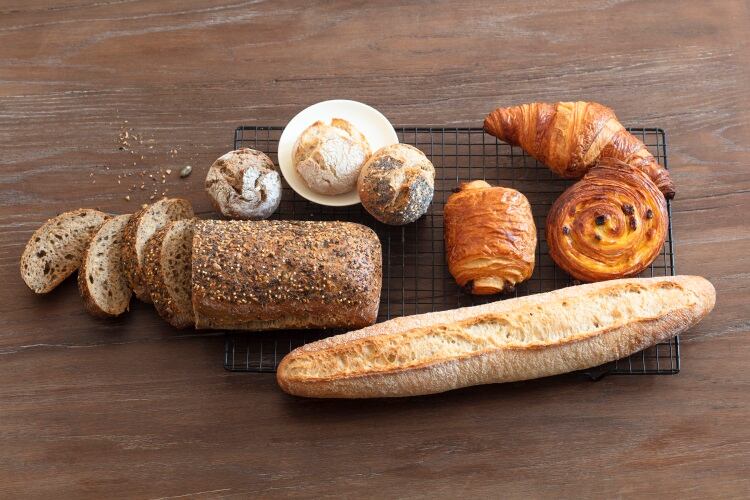Created in partnership with food anthropologist Bee Farrell, the Breakfast report looks at how the changing breakfast habits of consumers has opened up a myriad of untapped potential for bakeries and food operators.
“With a better understanding of their behaviours and motivations, we’ve highlighted opportunities for operators to capitalise on this dynamic changing market,” said Stéphanie Brillouet, Délifrance’s marketing director for Northern Europe and North America.
According to the report, the OOH breakfast market is picking up, and it’s driven by consumers in the 18-44 age bracket. Of the 35-44 year-old group, Délifrance found that only 19% dine out a few times a week.
Délifrance found these consumers are more likely to be flexitarians (reducing meat consumption), or suffer from allergies or food intolerances, meaning they are seeking inspiration and ideas on health and fitness apps and social media.
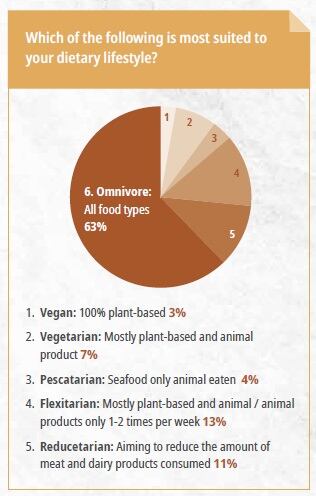
“External influences like social media are having a powerful effect on the dishes chosen by consumers,” said Farrell.
Added Brillouet, “These are all key dynamics in the market, which we expect to continue over the coming years. This is why we’ve introduced a vegan viennoiserie range and are working across the business to procure more sustainably and minimise additives and allergens in our products.”
Key findings
The changing scene
The report notes that lockdowns drove an increase in homeworking and hybrid working. With more time to prepare and eat breakfast, the occasion at home increased.
As we adapt to the new ‘normal’, 22% of consumers say they are eating breakfast more times than before the pandemic, while 13% said less often.
Breakfast is more popular than ever
Breakfast is eaten by 98% of Brits and accounts for 19.8bn occasions annually.
As a result, 24% of consumers are breakfasting OOH during the week, while 10% heading out over the weekend. In fact, almost twice as many people are now eating breakfast OOH more than once a week compared to 2018.
The OOH breakfast market is driven largely by younger consumers. Approximately a third (32%) of 18 to 24-year-olds eat on the go (OTG) at least a few times a week. Meanwhile, nearly a fifth of 35 to 44-year-olds dine in several times during the week.
However, groups are more likely to:
- Eat OOH – twice as likely to eat in hospitality or grab & go
- Get OTG breakfasts from café chains and service/petrol stations
- Eat-in at bakery chains
- Order their breakfast, to either eat at home or OTG
- Expect to be making healthier choices and to have more choice, particularly choice of drink (more so than food)
- Be interested in social responsibility and sustainability
Choices
During the week

At the weekend

Choosing how to break their fast is dominated by consumer’s desire for taste (no surprises here), convenience (quick & easy) and health.
According to Délifrance, toast has become a favourite at the weekend, rising from second to top spot, more likely because its versatile and tasty.
While the perception of cooked breakfasts tends to lie towards the indulgent, they are not necessarily seen as unhealthy. In fact, breakfasters say they give them energy to face the day and stop them from snacking before lunchtime.
Time-starved Brits are more likely to grab for cereal during the week, although 249% of Brits still opt for this quick and easy option at the weekend.
The health-conscious are more likely to opt for cereal, granola, porridge, oats, fruits and yogurts. Although it slips at the weekend, health remains important to 21% of consumers.
1 in 4 consumers treat themselves over the weekend and like to indulgence in pancakes, waffles, hot sandwiches, wraps, bagels and pastries. Families are more than twice as likely to eat the same breakfast at the weekend.
On-the-go (OTG)
11% of UK consumers eat breakfast OTG during the week and 9% at the weekends.
18-24 year-olds are more likely to eat breakfast OTG during the week (22%) – 17% at the weekend. They also eat OTG most frequently, with almost 1 in 10 (9%) eating OTG every day.
These occasions are happening in the car (41%), on foot (29%) or on public transport (27%), typically purchased from coffee shops, bakers and cafes, and more likely to be pastries, smoothies and hot sandwiches.
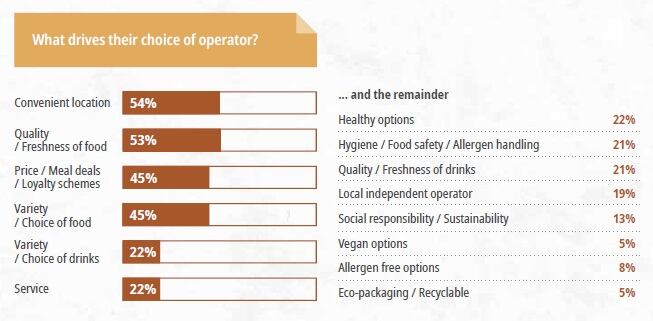
“Customers are often led by their senses, and no doubt the smell of baking goods in bakeries encourages sales – a good excuse to bake off products throughout the day – for both freshness (which we know is one of consumers’ top priorities) and aroma,” said Brillouet.
OTG spend has increased
The average price paid for an OTG breakfast is £4.60, compared with a ‘golden price point’ of £4.01 in 2018, reported Délifrance. 18-to-24-year-olds are the least price sensitive, with 41% willing to pay over £5.
Solo breakfasters tend to spend less money on breakfast while social groups are happy to shell out more.
Loyalty initiatives remain popular and effective, with as many as 44% of OOH breakfasters using a loyalty scheme or subscription service. For two thirds of those consumers, this means they typically head back to their favourite food outlet.
The food operator’s challenge
With supply costs rising and operators reducing menu size to save on inventory and waste, here are a few Délifrance recommendations that enable operators to check off several trends in one dish.
“The stakes are higher! Today’s OOH breakfasters have higher expectations; driven by social media, and the extra time they’ve had to upskill, making breakfast at home over the last few years. Despite this, they’re enjoying being out and about again – being served breakfast without having to do the washing up,” said Brillouet.
“Social responsibility is more important to dine in breakfasters, no doubt due to rising interest in ethical sourcing, and in business practices such as employee welfare.
“What’s more, they’re looking for better value from dine in, with many keen to cut costs. To accommodate this – and maintain margins now that costs are soaring - operators might consider offering a select choice of healthy and indulgent options that premiumise traditional favourites, like bread and eggs. It’s also worth looking at ways to repurpose day-old baked goods like viennoiserie into delicious breakfast dishes.”
Indulgence / Health / Local
Viennoiserie with seasonal fruits, such as russet apples, Victoria plums or a rhubarb compote.
Suits the Commuting Breakfaster who wants something indulgent to overcome the pain of the commute, but filling and with a perception of health.
Health / Indulgence / Plant-based
Spanish tostada (using day-old sourdough), local tomatoes, artisan olive oil and Himalayan salt.
Suits the Experimentalist who is seeking evocative delicious dishes that bring world cuisines to different dining occasions.
Indulgence / Health / Local / Home Cooking
Sourdough toast with homemade jam and unsalted butter.
Suits the Conscious Consumers who wants clean label, provenance and a little bit of indulgence.
Environment / Sustainability / Indulgence
Poached or scrambled eggs/Eggs Benedict or Florentine on sourdough or seeded toast.
Suits the Breakfast Bon Viveur, who loves a cooked breakfast, but wants it to be luxurious and contemporary.
“Despite the impact of the pandemic and renewed climate change awareness, we discovered that traditional and old favourites breakfast are still hugely important. But there were signs of liberation from the one-sitting breakfast, to the individualising of the ‘split breakfast’: a nutritional home favourite followed by a luxurious OOH treat,” said Farrell.
“We also found playfulness: exploring novel breakfast ingredients and recipes with family and friends, and using social media and television to get inspiration and share mealtime posts online. These daily online habits are powerfully influencing food choices and trends; an influential shift I researched during the pandemic in my PhD, which examined how relationships to food are now analogue and virtual.”
Exploring Portobello Road
Délifrance kicked off the reveal of the Breakfast report to invited media and clients at the Museum of Brands, which takes visitors on a journey through 200 years of consumer culture, curated by consumer historian Robert Opie.
The Time Tunnel highlights how some of the world’s biggest brands evolved with society since Victorian times, which has included two world wars, man landing on the moon, the invention of the motor car and TV, and right up to the digital age.
The collection was first introduced to the public in 1975 and today is located around the corner from the world-famous Portobello Road Market.
The breakfast manufacturer then took guests on a tour of some of Portobello Road’s bakeries, to sample treats and learn from the owners what separates them from the crowd.
Our tastebud-watering tour took us to authentically French Maison Puget, artisan sourdough specialist Layla Bakery, free from bakery Klear Labs and cinnamon buns luminary Buns From Home – with a whistle-stop at Fabrique, punted by many as the best bakery in the world – before wrapping up at Farm Girl.


